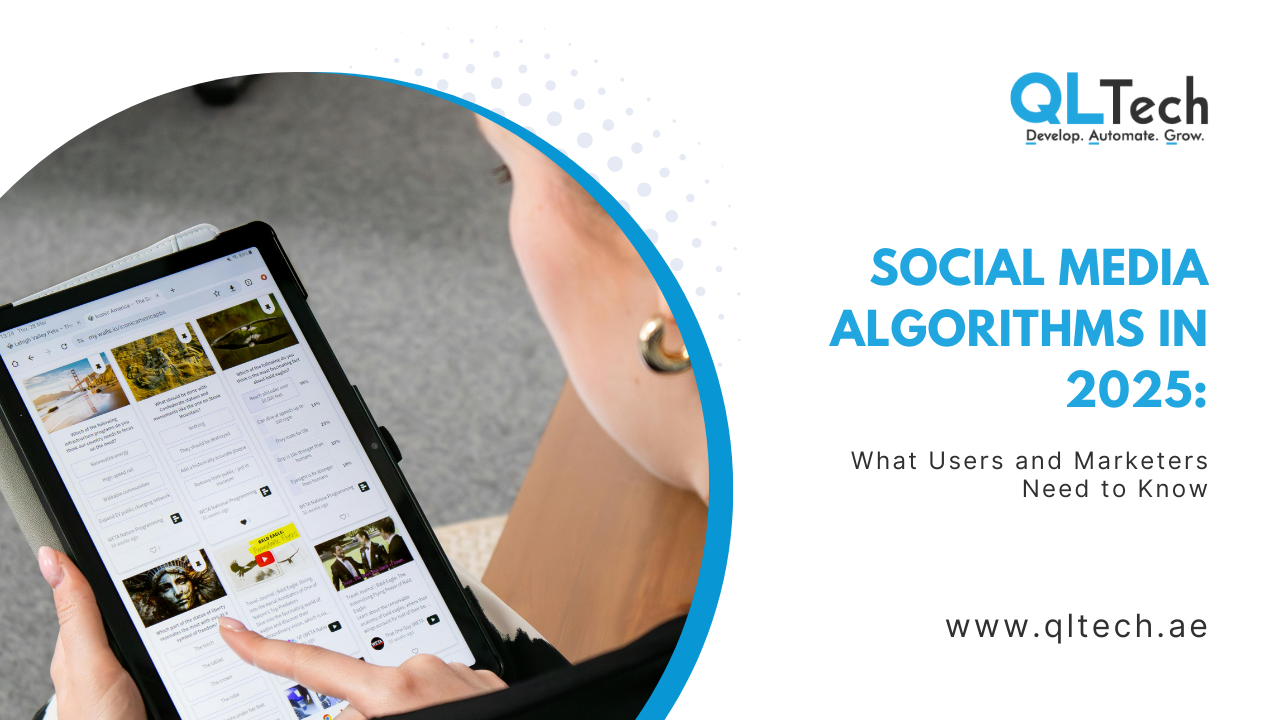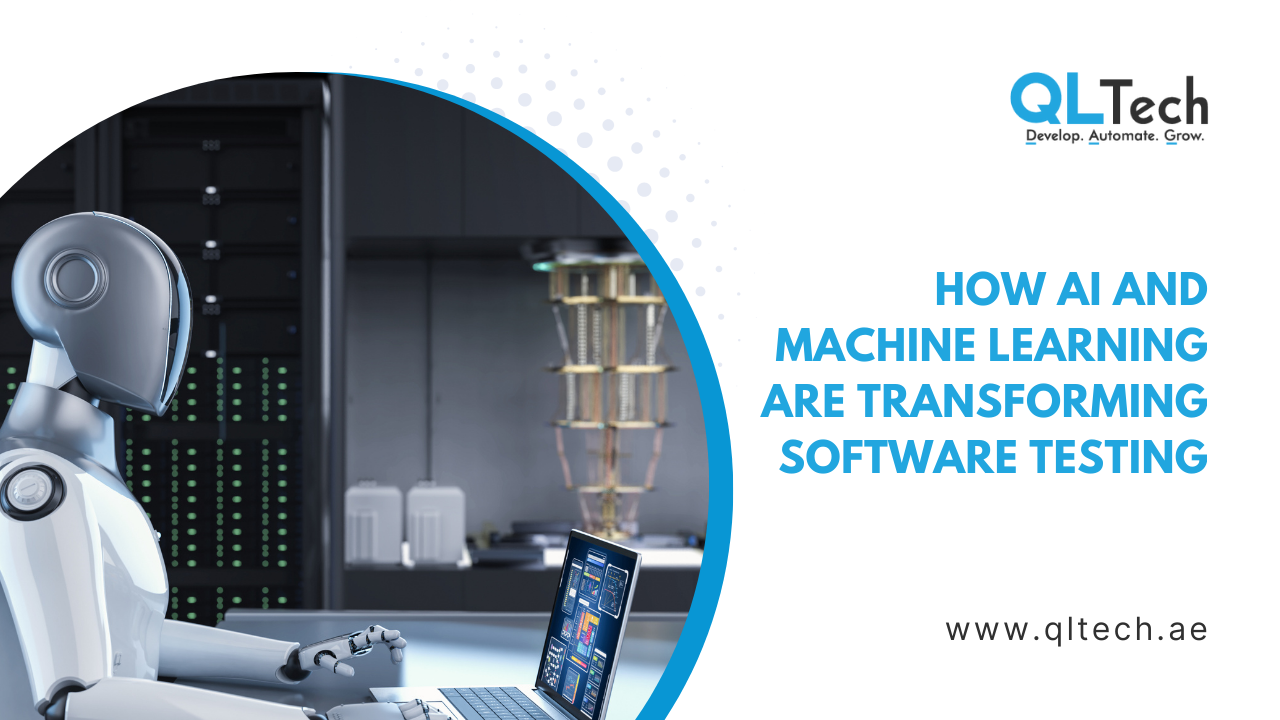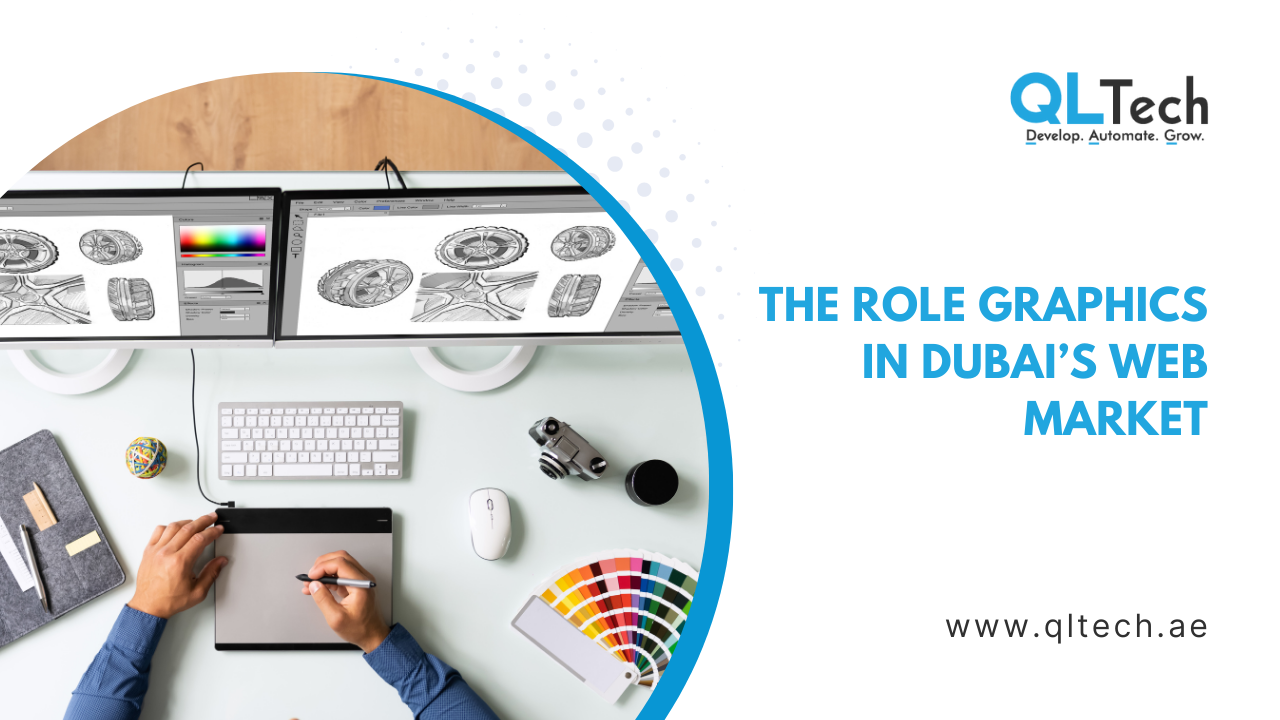Users and brands alike can benefit from the social media revolution that is fueled by AI-generated content as they can create captivating posts, videos, and even virtual influencers with unparalleled ease. Computer automation transforming creativity has been taken even further by efforts to engage audiences through auto-generated captions and AI devising images.

- What is AI-Generated Content?
- Benefits for Brands and Creators
- Challenges and Ethical Concerns
- The Future of AI in Social Media
Everything from texts, photos, videos, and even voices can now be made with the use of artificial intelligence’s AI generated content. DALL·E and Runway are examples of platforms that create real-life captions for social media while ChatGPT and Jasper provide the images. Even within the confines of the virtual world, AI influencers like Lil Miquela are now gaining millions of followers.
Cost Efficiency: The amount of time and capital that beautiful AI content saves the brands by taking away the need for creative teams to think through posts greatly reduces.
Enhanced Personalization: Increased audience engagement spurred by Users data being analyzed and personalized content being created with the use of AI makes a tremendous difference.
Faster Content Creation: In a matter of minutes AI can work its magic and generate multiple posts which makes the process of content creation far faster.
Authenticity Issues: Content devoid of any human presentation feels unemotional in nature which isn’t appealing.
Privacy Concerns: Increased data dependability raises huge privacy issues due to AI personalized marketing.
Misinformation Risks: Disinformation can extend through AI fabricated news and deep fake videos.
AI’s role in social media is expected to grow, with more advanced personalization, AI influencers, and hyper-realistic content becoming the norm. However, balancing AI efficiency with human creativity will be essential to maintain authenticity and trust.

